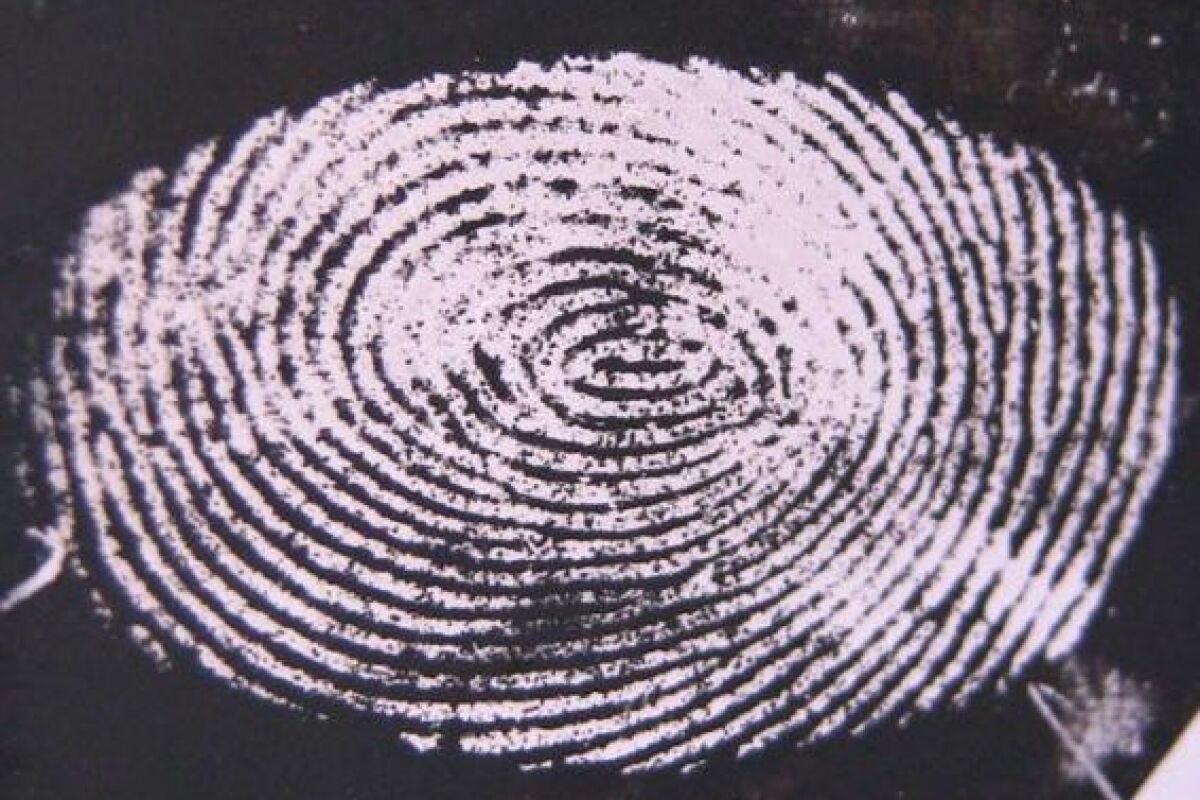Here’s something that they don’t tell you in the TV cop shows: although fingerprints may be present at a crime scene, only about 10 percent of the prints found are of good enough quality for use in court. A group of scientists are working on boosting that percentage, however, through the use of a color-changing film.
The technology is intended for use on latent fingerprints on metal objects such as guns, knives or bullet casings. These prints are invisible to the human eye and thus less likely to be purposely wiped away by the culprit. The problem with such prints, however, is the fact that the small amounts of sweat and skin oils that make them up are very much subject to aging, exposure to the environment, and washings. As a result, when traditional fingerprinting powder is used to “lift” them, the images obtained are often simply too indistinct.
A different approach was taken by scientists from the UK’s University of Leicester, France’s Institut Laue-Langevin, and the Science & Technology Facilities Council’s ISIS pulsed neutron and muon source.
Instead of using a powder that sticks to fingerprint residue, they created an electrochromic polymer film that doesn’t. The film does form on metal surfaces – and changes color – when an electrical current is applied to such a surface. Because of the insulating quality of the residue, however, the film won’t form beneath it. In fact, the fingerprint ends up working like a stencil, allowing the film to appear only on the bare metal where the residue is not present. This creates a negative image of the fingerprint, in which the spaces between the various insulating ridges and whorls are highlighted.
Additionally, the polymer also contains fluorophore molecules that fluoresce another color when exposed to light or other sources of electromagnetic radiation. Therefor, by using both electricity and light to produce either of two different colors, forensic investigators can fine-tune their fingerprint images for optimum clarity.
Using the new system, admissible prints can reportedly be obtained from far less residue than is necessary using conventional methods. Additionally, because the residue itself is left unaltered, the film method can be combined with other more traditional approaches to optimize image quality.
A paper on the research was recently published in the journal Faraday Discussions. A somewhat similar technique has been developed by researchers at the Hebrew University of Jerusalem, in which fingerprint images can be obtained from paper surfaces, using gold particles that stick to the paper but not the residue.
Source: University of Leicester




